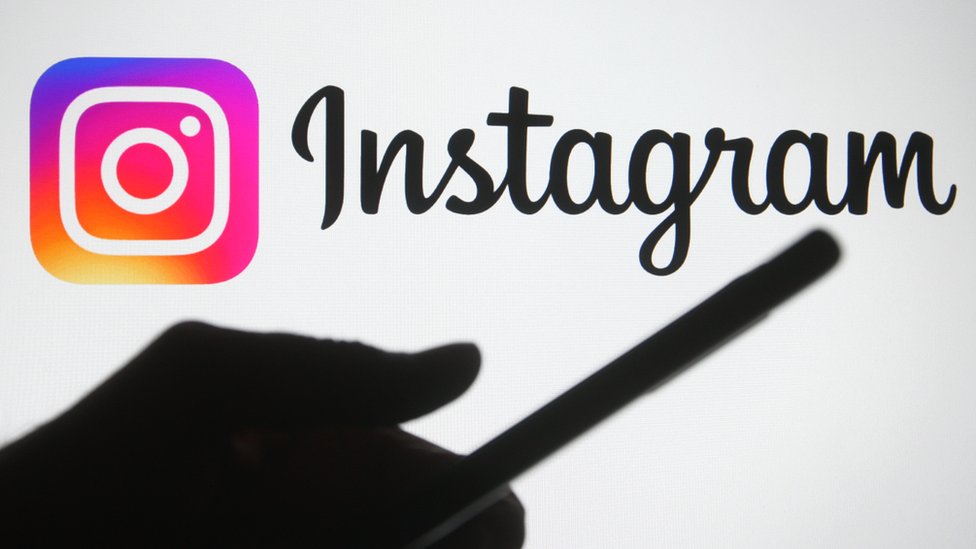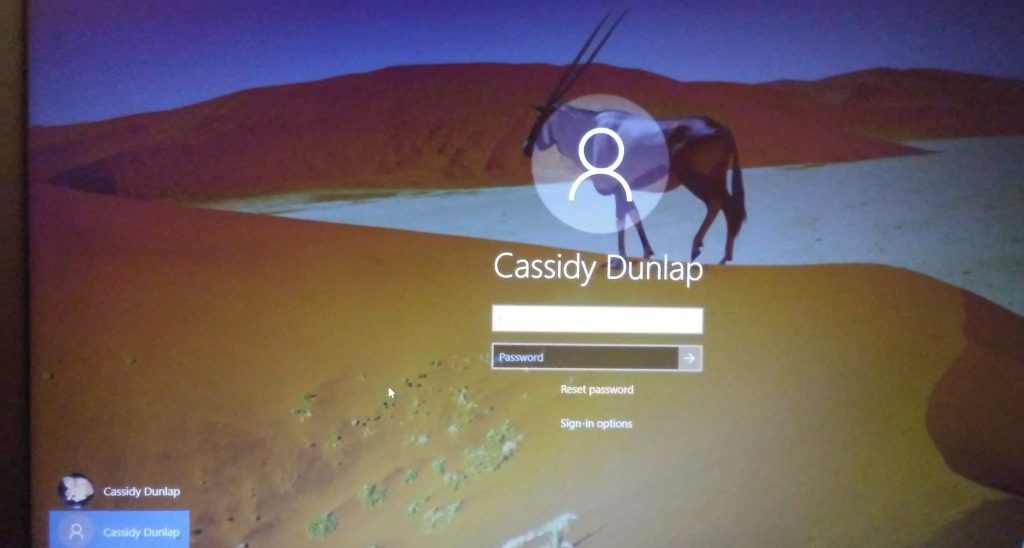Modern homebuyers are looking for more than just luxury interiors they want spaces that connect them with nature, offer peace, and provide premium living experiences. Real estate destinations with breathtaking views are becoming the top choice for investors and families alike. From oceanfront properties to hill-view villas and urban high-rises overlooking skylines, these homes redefine comfort and elegance. Whether it is waking up to mountain mist, watching sunsets from your balcony, or living by calm waters, scenic real estate is where modern luxury meets everyday serenity.
Why Scenic Locations Are in Demand
People want homes that enhance their lifestyle and emotional well-being. Properties with stunning natural surroundings deliver both relaxation and long-term value. Residents enjoy the premium facilities within 麗港城會所, including pools, fitness centers, and lush landscaped gardens. Buyers today prefer:
- Clean air and open views instead of crowded city zones.
- Better mental wellness through closeness to nature.
- Higher property appreciation due to location uniqueness.
These destinations offer a perfect balance of luxury, tranquility, and smart investment opportunities.
Top Types of Premium View Properties
When searching for a home with a view, buyers often focus on the following property types:
- Coastal Homes: Ideal for those who love ocean breezes, sunrise views, and direct beach access.
- Mountain Villas: Offer peaceful surroundings, cool climates, and picturesque landscapes.
- Lakeside Residences: Combine modern design with natural water beauty perfect for calm living.
- Skyline Apartments: Located in major cities, offering high-rise panoramic city views.
- Countryside Estates: Surrounded by greenery, these homes offer privacy and luxury combined.
Each type offers its own charm, catering to different lifestyle preferences.
Features That Define Premium Living
Premium real estate is not only about location it is about the lifestyle it supports. The best properties with scenic views often include:
- Spacious balconies and glass facades for uninterrupted views.
- Smart home features for comfort and convenience.
- Eco-friendly designs with natural ventilation and sunlight.
- High-end amenities like infinity pools, wellness zones, and private decks.
- Secure gated communities for safety and exclusivity.
These elements make every day feel like a retreat.
Investment Advantages of Scenic Properties
Real estate destinations with breathtaking views hold lasting value because of their limited availability. Key investment benefits include:
- Strong resale potential due to scenic location demand.
- High rental yield from tourists or professionals seeking premium stays.
- Emotional satisfaction that enhances overall living quality.
- Long-term appreciation as surrounding areas develop with infrastructure and tourism.
Simply put, owning such property combines lifestyle luxury with financial growth.
Final Thoughts
Choosing a real estate destination with extraordinary views is not just about luxury it is about embracing a better way of life. Whether overlooking the sea, mountains, or city skyline, these homes inspire calm, confidence, and a connection with nature. For those seeking premium living, scenic real estate destinations offer everything: comfort, beauty, and a smart investment for the future.
Summary Points:
- Scenic homes deliver peace, privacy, and prestige.
- Popular choices include coastal, mountain, and lakeside properties.
- Premium living features include smart designs, open layouts, and eco-friendly spaces.
- These homes offer both lifestyle satisfaction and strong investment returns.






